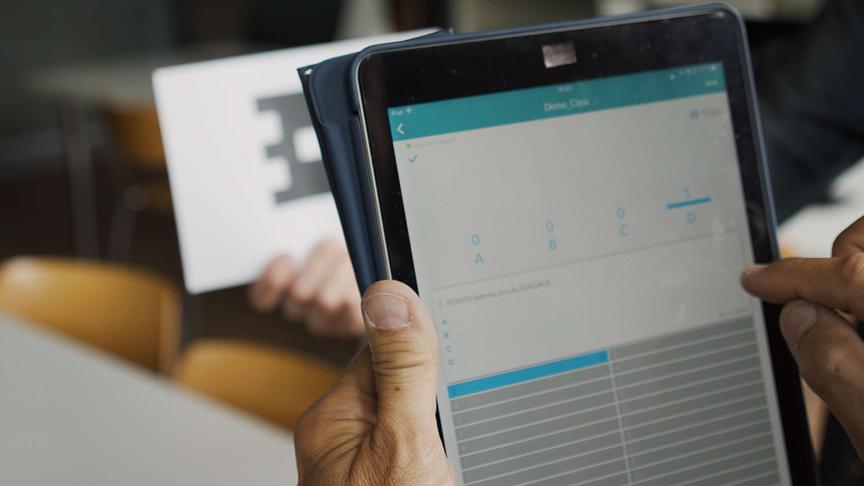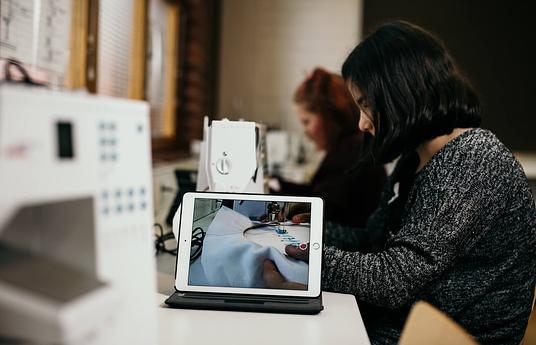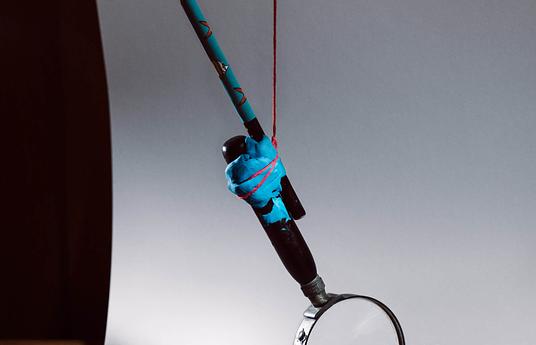Experience has shown that students rarely manage to recall content over a longer period of time. They cram knowledge up to the day of their exam and then forget it again. «That is why many teachers often have to repeat the same thing over and over again. That hardly qualifies as teaching,» says Patrick Poscio, physics teacher at the Collège des Creusets in Sion (Valais). Based on this insight, he began to develop the C.R.A.C. method in 2015, in cooperation with EPFL.It consists of the following elements:
1. a series of questionnaires are used to highlightstudying habits. The analysis of the results allows forindividual feedback as well as whole class intervention.
2. training of students and teachers by means of a pedagogical MOOC which primarily presents video reports on the latest findings in neuroscience.
3. systematic application of reflexive and metacognitive activities and tools.
The goal of the C.R.A.C. method is for students to learn how to study. It focuses on four main points, says Patrick Poscio: "1.) Understanding. 2.) Remembering. 3.) Being able to apply what one has learned and 4.) Consolidating what needs to be consolidated."
The starting point was physics, but Patrick Poscio went on to develop other C.R.A.C. modules at the request of the school’s management. "They help students who have certain difficulties improving their working methods and show them, for example, how better to manage their time," says Christian Wicky, principal of the Collège des Creusets.
The C.R.A.C. method is having a postivieeffect: The recall of learned content has been strengthened, the learning methods have improved along with the students’; performance. The students are well on their way to becoming 'cracks'.



